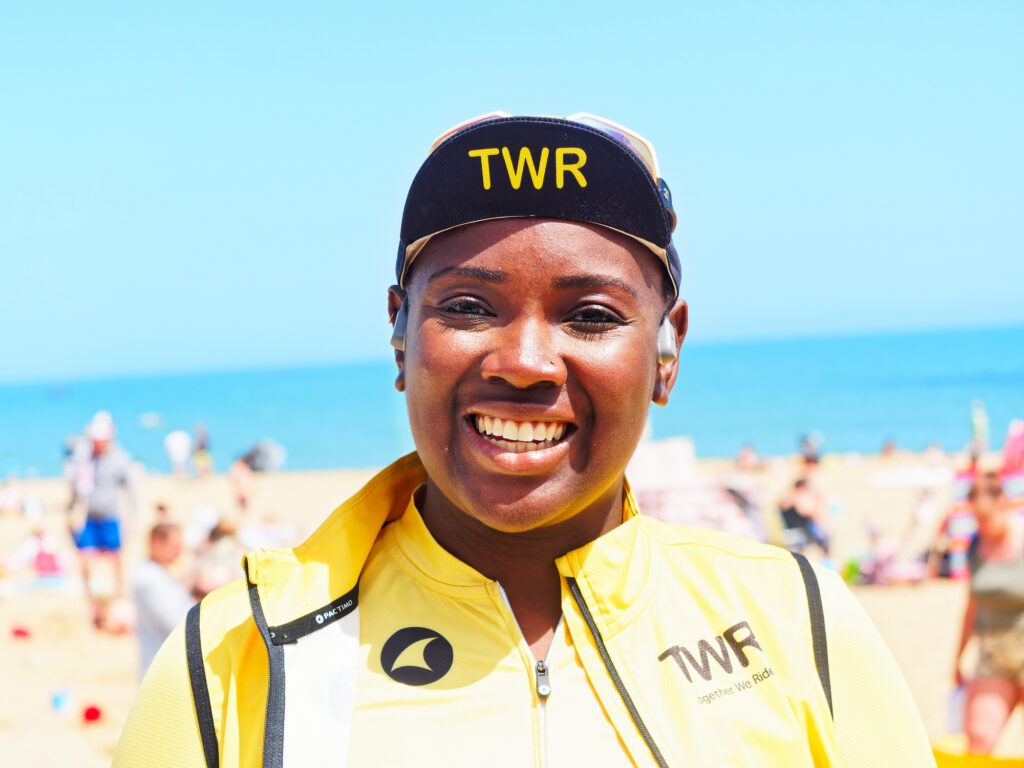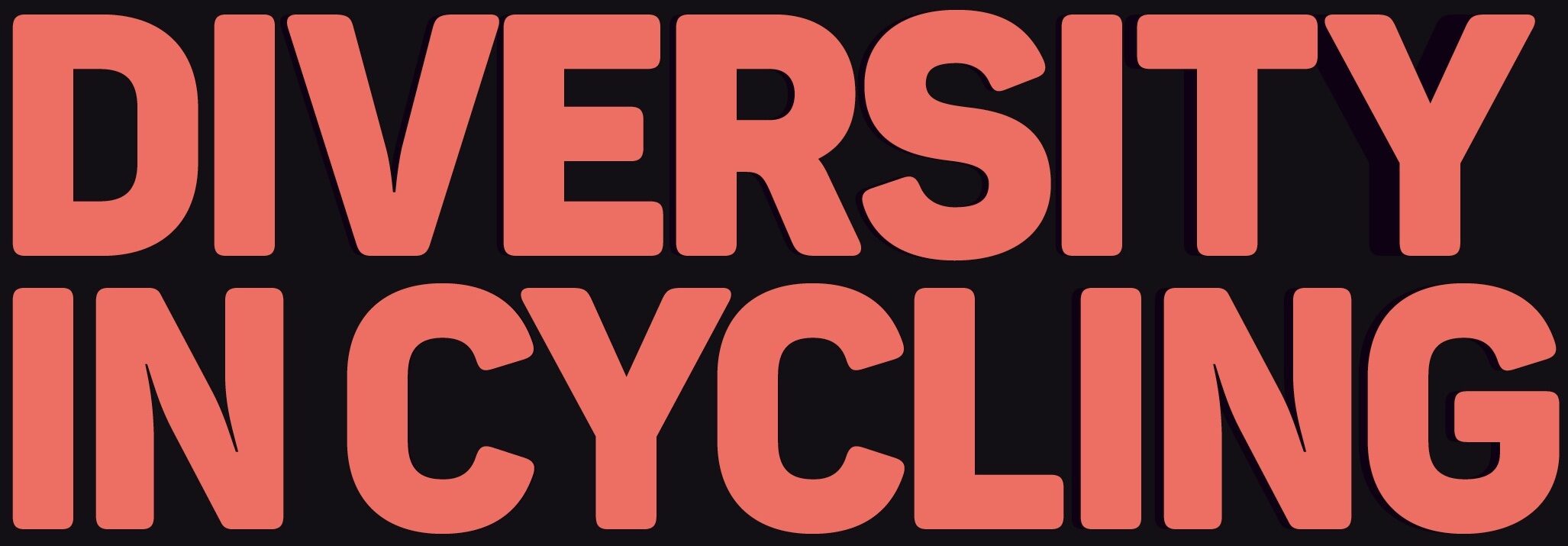Visual representation is so important. People of colour have to constantly navigate spaces that do not represent them and often mould themselves to appease others. It is harder to feel comfortable in spaces where people do not look like you or come from the same background you do. Whilst those in ‘traditionally white spaces’ may say they are welcoming and that there is not a need for ‘Black-focused’ spaces, they do not navigate the world through our eyes, they do not see what we see. These spaces are not about segregation but instead about belonging and empowerment. If we want to encourage the participation of people of colour, especially women of colour in the sport, we need to see ourselves. We need to feel that it is a space for us and that we do belong.
This is not only based on skin colour but also size and shape. There is an unhealthy obsession with weight in cycling. All the media seem to portray is the skinny cyclist, not to mention repetitive discussions in groups about weight. The ‘ideal’ cyclist is further reinforced when you look at cycling clothing and the sizing most brands choose to adopt. There is also a lack of visualisation of women with curves, which goes beyond weight, it’s the natural shape of our bodies – these hips are here to stay. It can be quite disheartening if you do not meet the ‘ideal’ body type and quite frankly, never will. As a Black woman, I am constantly told how I should adapt my look to fit into ‘societal’ standards and this is no different. However, people need to realise that they do not need to have a very slim build to accomplish amazing things – many inspirational women such as Donna McConnell (Ironwoman triathlete and cyclist) have showcased that.
I have come across women and men who do not have ‘the look’ but are ridiculously fast and will leave their lighter counterparts for dust. Whilst I might get stares and laughs, and people underestimating my cycling ability, I just have to block this out and continue to do the sport I have grown to love. I know I need to be the change I want to see and break free from the limits others may put on me and sometimes I put on myself. As the great Maya Angelou wrote, ‘I’m not cute or built to suit a fashion model’s size, but when I start to tell them, they think I’m telling lies.’
We as a cycling community need to reflect on how we look to those outside of the cycling space. As a newbie cyclist, the ‘Lycra/club kit look’ was not something I thought I would ever adopt but it was a natural transition. I received a comment from a friend about feeling intimidated after looking at a TWR women’s group picture. She did not feel she would be capable of joining a ride based on her perception of us. How could that be? Most of us in the picture were fairly new to cycling ourselves. I was resistant to her comment but upon reflection, I could understand her perspective. At TWR, we have people cycle in whatever they feel comfortable, within reason. To increase diversity, we need to ensure that people do not feel like they need to have ‘the look’ to enter this space. Black Women On Wheels is a club where I can see the appeal for women who are beginner/casual riders. It is not a one size fits all and with the growth of varying cycling groups, there is more opportunity for women of colour to find a space where they feel a sense of belonging.
On the whole, it is about exposing people to those who look like them, those they can relate to. With that will come more diversity and engagement within the sport. We need to continue to break down boundaries. ‘And as we let our light shine, we unconsciously give other people permission to do the same’ – Marianne Williamson.
Naomi Rumble is a Director of Together We Ride (TWR) CIC which encompasses the cycling group. She is a road cyclist exploring the realms of track and combines a love of cycling with a career in market research.

Picture: Naomi Rumble, courtesy of Fitzroy Andrew @fitzandrewphotos
